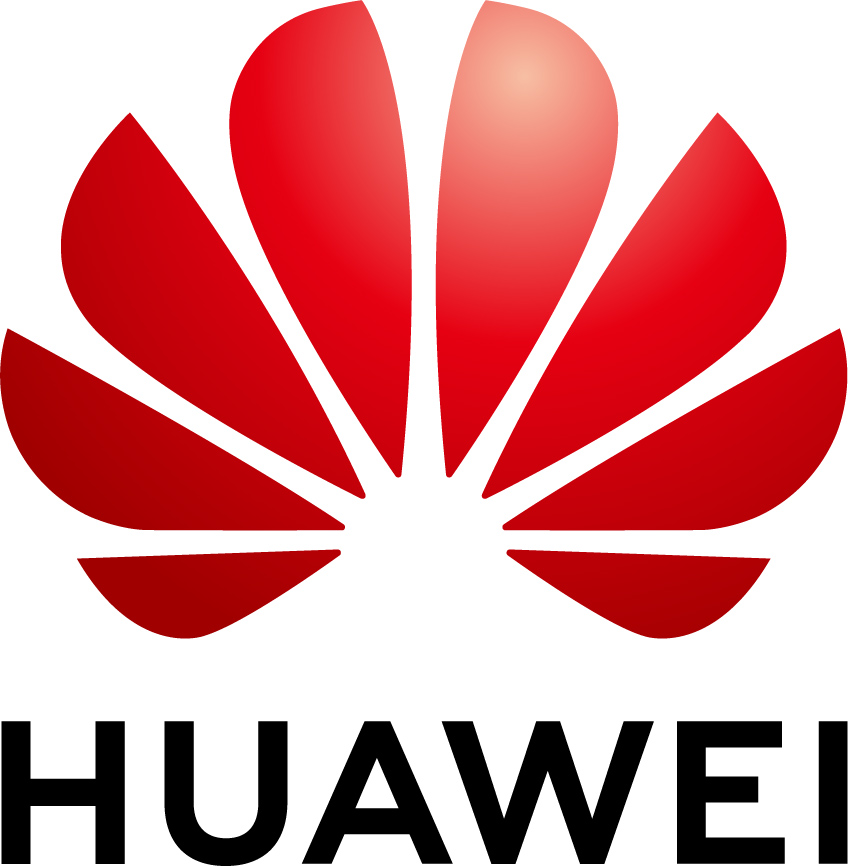How has the switch to string inverters helped Kino Energia to grow or overcome any challenges?
We have three solar plants, and as with most solar plants, 80% of the problems came from the inverters. Central inverter technology historically has had a greater failure ratio than string inverters. Solar technology is still developing very fast, and new products are released regularly. This means that products frequently are replaced every couple of years by a new design. This sometimes brings about that some products are developed very fast, and there is limited operation data during the product lifetime. Some products end up being unreliable, and massive failures and/or low efficiencies appear. In some cases, manufacturers may even face problems in continuing their activity, which causes a very serious problem for solar plants to obtain spare parts that allow them to continue operating with high availability.
This challenge has also affected Kino with some central inverters that we had on the original PV plant design. So we have to replace the old inverters that we cannot repair, and substitute them with string inverters, which have been a very flexible and reliable solution in the last several months. The switch to string inverters has helped us a lot.
What specifically attracted you to Huawei's technologies and services for your photovoltaic projects?
We chose Huawei because it has one of the best string inverter technologies on the market, with great capabilities and a very low failure ratio. That is what we expect as owners of a PV plant. Also, the ease of the replacement of any inverter. You can do the corrective maintenance in almost 24 hours. You can substitute one inverter for another very quickly, without sacrificing a lot of availability in the plant. Also, Huawei's aftercare service is great, so we are very happy to have chosen their string inverter technology.
What types of things affect the return on investment of your solar plants, and how have you worked to improve the return on investment?
We have been clearly affected by failures on the main equipment, especially on inverters. This causes an increase in the operational cost and a decrease in energy revenues. In trying to solve this, we are implementing a plan with different measures to try to reduce the current failure ratio. We also must repair all the equipment that is viable for repairing. Equipment that we cannot repair is being replaced with Huawei technology. Recently, Kino has created a technical office that plays a key role in understanding these points and tries to manage these issues in the most efficient way possible.

Image: Huawei
Can you talk about your experiences with your 820 MW solar plant?
With a plant as big as this numbers are huge. When you look at the annual gigawatt-hours, the number of people we have operating the plant, or the operational cost, the numbers are gigantic. So it's a very demanding experience, and it also allows us to do things that we usually cannot do in smaller plants, like investing in tests, or having staff 24 hours a day, 365 days per year, which reduces response time significantly.
It's a great responsibility and a great learning opportunity to have a plant like this in your portfolio. A large plant like this also means greater troubles when things don't go as expected. With the measures we have been instituting to address these problems, including the use of Huawei string inverters to replace inverter capacity that we cannot repair, we expect to recover the availability of the plant to 99% in the first quarter of 2025.
What kind of challenges have large-scale solar plants faced in Mexico?
Uncertainty in the market is clearly the largest challenge that Mexico faces. However, if we look at the current situation, it's actually promising. Mexico is a growing country that is currently deficient on electrical capacity. We also now have the additional impulse caused by the “nearshoring” that will require a further increase in the electrical capacity. The solar panel pricing is lower than ever. Finally, there is a consensus that new increases in electrical capacity must involve renewable energy technologies. So, if we consider these points all together, we should expect a huge growth in the solar market in the next few years.
Of course, there are other issues. For example, development of battery systems in Mexico is very behind compared to other countries, and the transmission network also needs to be improved to allow this increase in electrical capacity. And there are also the same challenges in other countries, like energy storage, and making solar plants compatible with agriculture and the surrounding environment. But mainly, it is the current uncertainty that needs to be solved to allow the market in Mexico to grow again.
What suggestions would you give to investors of future PV plants in Mexico?
I have been involved for almost 20 years on the development, construction, and operation of renewable plants. With the development and construction of projects, we always tend to focus on the levelized cost of energy (LCOE). We tend to focus more on choosing lower cost equipment to implement the design with the lower cost impact. However, after being involved in operations for so many years, I highly recommend investors try to foresee how the plant operation is going to be in the following 30 to 35 years. Even if many things cannot be foreseen, a deeper and expert analysis, and an experienced decision-making on the design, choosing the right technology can critically affect the operation and the financial model over the next 30 to 35 years.
This article appeared in the Huawei Corporate Edition 2024. You can access and read the entire edition here.
This content is protected by copyright and may not be reused. If you want to cooperate with us and would like to reuse some of our content, please contact: editors@pv-magazine.com.




By submitting this form you agree to pv magazine using your data for the purposes of publishing your comment.
Your personal data will only be disclosed or otherwise transmitted to third parties for the purposes of spam filtering or if this is necessary for technical maintenance of the website. Any other transfer to third parties will not take place unless this is justified on the basis of applicable data protection regulations or if pv magazine is legally obliged to do so.
You may revoke this consent at any time with effect for the future, in which case your personal data will be deleted immediately. Otherwise, your data will be deleted if pv magazine has processed your request or the purpose of data storage is fulfilled.
Further information on data privacy can be found in our Data Protection Policy.